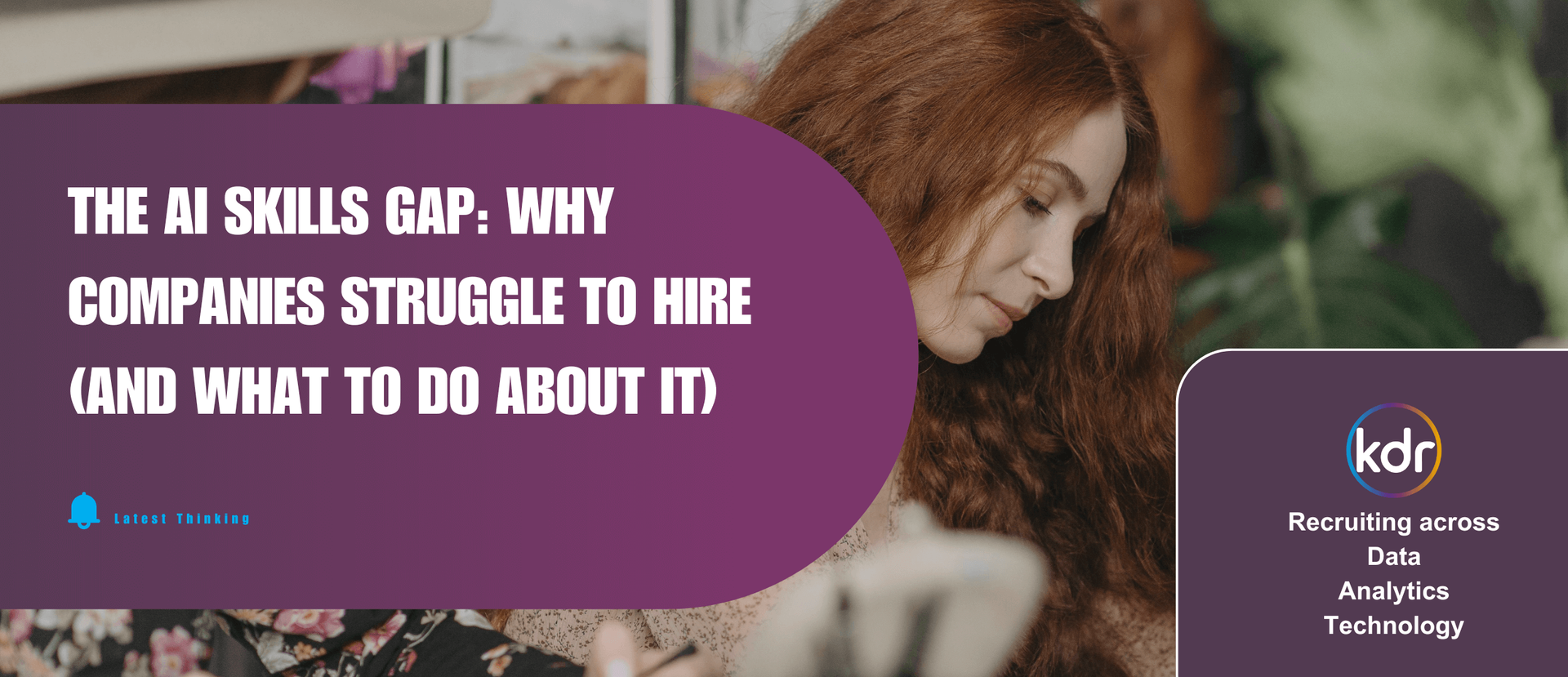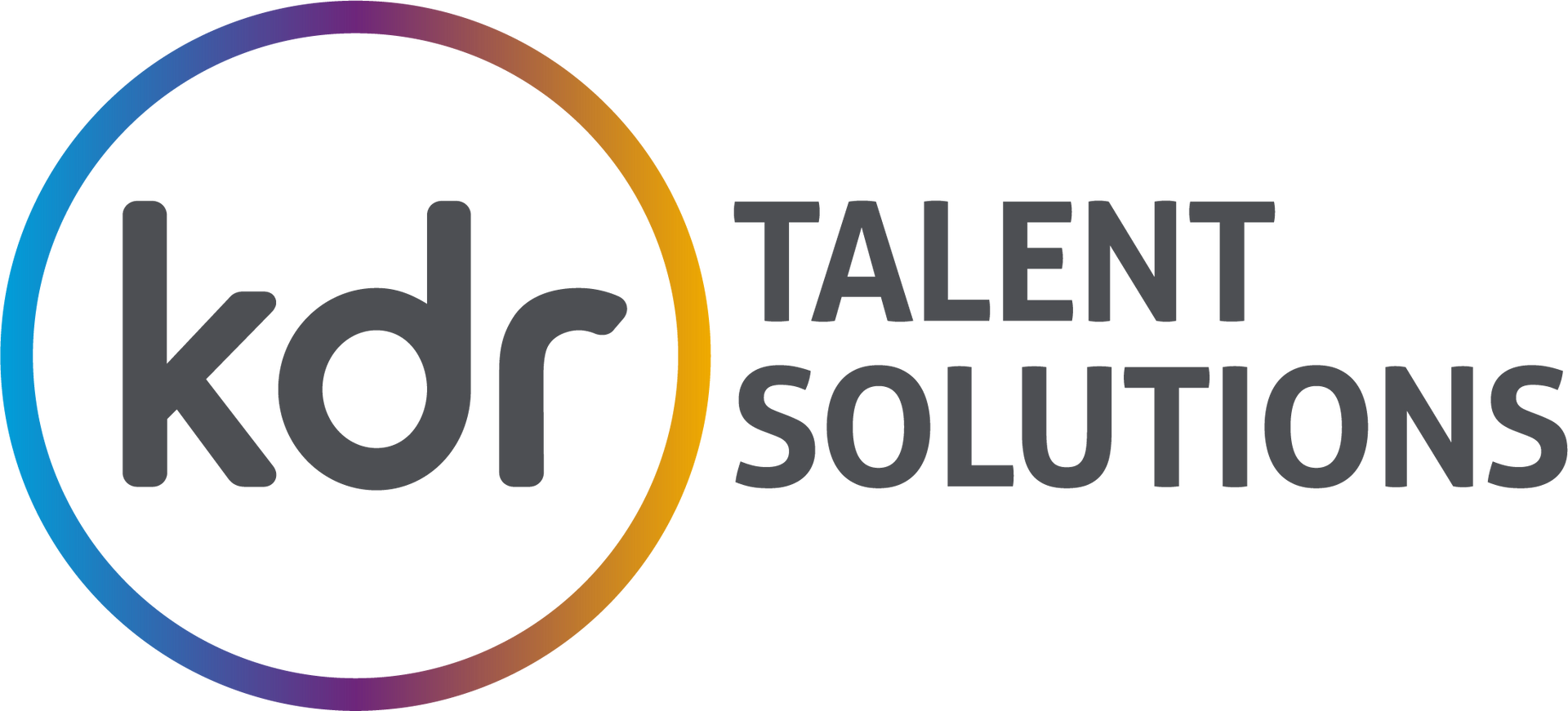Unlocking the Benefits of Workforce Planning: A Guide for Talent Acquisition, HR, and Hiring Managers
The benefits of effective workforce planning are vast

Workforce planning, an essential component of human resources (HR) strategy, offers a structured approach to ensuring that an organisation has the right people, with the right skills, at the right time, and in the right places. For talent acquisition (TA) professionals, HR teams, and hiring managers, the benefits of effective workforce planning are vast, ranging from improved talent management and operational efficiency to enhanced strategic decision-making and competitive advantage.
Benefits Across the Board
Taking Talent Acquisition teams first, workforce planning enables TA teams to align recruitment strategies with business goals, ensuring that talent acquisition efforts are focused on areas of greatest strategic importance. By anticipating future talent needs, TA teams can engage in proactive sourcing, building talent pipelines and networks before critical needs arise, thus reducing time-to-hire for key positions.
For HR Departments, HR can use workforce planning to identify skills gaps, plan for succession, and develop targeted training and development programmes, ensuring the workforce is prepared to meet current and future challenges. Workforce planning also provides HR with data and insights to make informed decisions about talent management, compensation, benefits, and other HR policies, aligning them with business needs and employee expectations.
For Hiring Managers, with a clear understanding of current and future competency requirements, hiring managers can make more informed hiring decisions, improving the quality of hires and reducing turnover. Effective workforce planning ensures that teams have the necessary skills and capabilities to meet their objectives, enhancing overall performance and productivity.
Practical Tips for Starting Workforce Planning
If your organisation has not yet embarked on workforce planning, or if you are looking to refine your approach, consider the following practical tips:
- Begin by conducting a thorough assessment of your current workforce, including skills inventories, performance data, and future potential. This assessment will serve as the foundation for all subsequent planning activities.
- Work closely with business leaders to understand strategic goals and priorities. Workforce planning should be directly aligned with these business objectives to ensure that talent strategies support business needs.
- Analyse the difference between current workforce capabilities and the skills and roles required to achieve future business objectives. This analysis will highlight areas where talent acquisition, development, or internal mobility may be needed.
- Based on the identification of skills gaps and future needs, develop specific action plans to address these areas. Plans may include recruitment strategies, training programmes, succession planning, and workforce adjustments.
If you are looking to focus your efforts on the most effective areas instead of a step-by-step guide, then it might be worth considering the following in order of priority:
Strategic Alignment (High Benefit): Aligning workforce plans with business objectives ensures that all talent management efforts support overarching goals, providing significant strategic and competitive benefits.
Gap Analysis (Medium-High Benefit): Identifying current and future skills gaps enables targeted actions to close these gaps, improving workforce agility and preparedness.
Action Planning (Medium Benefit): Developing specific strategies for talent acquisition, development, and retention ensures that the organisation can meet its talent needs efficiently and effectively.
Monitoring (Medium-Low Benefit): Continuously monitoring progress allows for adjustments and improvements, ensuring ongoing alignment with business needs.
Quick Wins and Tips
Use HR data analytics to inform your workforce planning efforts. Data-driven insights can help identify trends, predict future needs, and measure the effectiveness of talent strategies.
Involve business leaders, managers, and employees in the planning process to gain buy-in and ensure that plans reflect the reality of business needs and workforce capabilities.
Prioritise planning efforts on roles that are critical to business success. Filling these roles with high-quality talent can have an outsized impact on organisational performance.
As you can appreciate, the business environment is constantly changing. Adopt flexible and adaptable workforce strategies that can be adjusted as business needs evolve.
By systematically implementing workforce planning, TA professionals, HR teams, and hiring managers can unlock significant benefits for their organisations, enhancing their ability to attract, develop, and retain the talent needed for sustained success.






